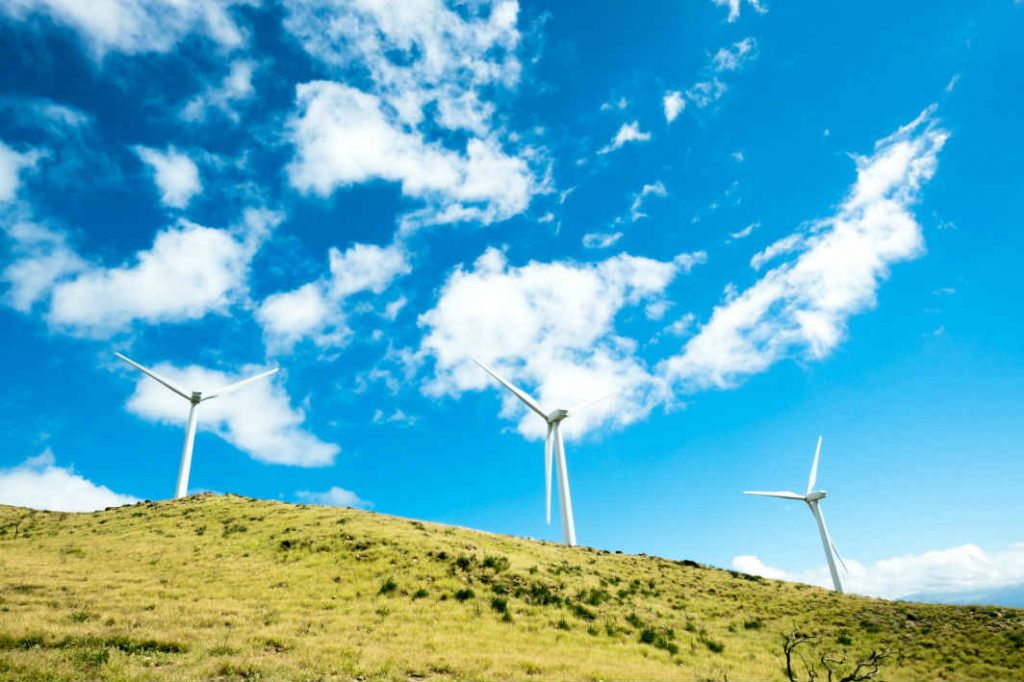What’s hot on the low carbon business agenda for 2020?
As the sector gets back to work post-Christmas, we overview the key policy drivers and themes that will define the year ahead.
6th Carbon Budget
The Committee on Climate Change (CCC) will this year publish its recommendations on the level of the Sixth Carbon Budget in September 2020.
The Budget will be crucial for low carbon business, because it will advise on the volume of greenhouse gases the UK can emit during the period 2033-2037, and in so doing set the pathway to the UK’s net zero emissions target in 2050.
The CCC advises that delivering net zero will require a range of actions, including large-scale roll-out of energy efficiency and low-carbon heating, a scaled-up market for electric vehicles and increased share of electricity from low-carbon sources.
With the net zero target already in place, the opportunities have never been greater for firms to invest in climate-friendly technologies, futureproofing their firms while lending a hand to the UK’s pivotal new climate targets and aspirations.
Conference of the Parties (COP) 26
The UK will host the 26th UN climate change summit this year, known as COP26 – it takes place in December in Glasgow. Foreign secretary Dominic Raab told the BBC, “The UK is leading the world in tackling climate change. We’re the first major economy to pass laws to end the UK’s contribution to global warming.
“Since 1990 the UK has reduced its emissions by over 40% while growing the economy by over two thirds.”
But, the previous COP25 summit was widely slammed for failing to achieve adequate progress, with many key goals pushed over to 2020.
This failure may well be crucial for UK low carbon business this year. The BBC’s Environment analyst Roger Harrabin notes that 2020’s climate conference will heap enormous pressure on UK Prime Minister Boris Johnson.
‘He’s already been warned by environmentalists that he will be “humiliated” if he tries to lead other nations whilst the UK is still failing to meet its own medium-term climate targets,’ writes Harrabin.
Johnson is keen on plaudits and accolades. Therefore, he may well be equally keen to push low carbon progress in the lead in to COP26, in order to strengthen his political and bargaining positions before the conference rolls around.
And that might mean frantic changes to UK policy and climate drivers for business. We can’t guarantee the shape of any exact change, but watch this space.
Energy efficiency policy changes
2020 will see many organisations reporting on their emissions and energy use for the first time under the new Streamlined Energy and Carbon Reporting (SECR) rules. The mandatory scheme came into force last year and affects an estimated 11,900 large companies in the UK. Companies that started their financial year on 1st April 2019 will be the first to report. Although there’s no imperative to cut energy use, the report will be publicly available and must include ‘a narrative of energy efficiency action taken in the financial year’.
The government has also been consulting on tightening the Minimum Energy Efficiency Standards, (MEES); with changes expected in 2020. The government explains that acting now to set a clear long-term trajectory to 2030 is designed to provide time and certainty to non-domestic landlords, businesses and the energy efficiency market in delivering the energy savings to support a zero-carbon future.
It’s exactly the sort of move that low carbon firms can reasonably expect to see more of as we move through 2020, with policy drivers developing to support not only the net zero targets, but the UK’s position at end of year COP26.
And finally…
Multiple media outlets are reporting the UK will need to facilitate a four-fold increase in low-carbon energy, including expanding offshore wind capacity by up to 75GW, in order to reach its net zero emissions commitment for 2050.
EDIE writes that Atkins Global’s Engineering Net Zero report warns of a severe capacity gap in carbon capture and storage, nuclear, wind and hydrogen energy generation. The report states that the 155TWh of clean energy in 2017 will need to reach 645TWh by 2050.
“The concern for the UK is that years of only short-term political ambitions have blocked some urgent investments and actions needed to drive forward net zero solutions. As we look to 2020, and the UK’s new government takes shape, we need tangible investment in testing engineering solutions to our most pressing challenges,” Chris Ball, managing director for nuclear and power at Atkins, said.
Similarly, The Guardian has warned that the low carbon energy project pipeline has run dry. Rebecca Williams, a director at Renewable UK, told the outlet the figures showed the government’s current approach was falling short on the clean electricity needed to meet the UK’s legally binding climate targets.
The findings, writes The Guardian, are likely to increase pressure on the government to reverse the block on government support for new onshore windfarms, put in place by the former Conservative prime minister David Cameron in 2016.
This and other as yet unconfirmed policy developments and drivers might make 2020 a very interesting year.

